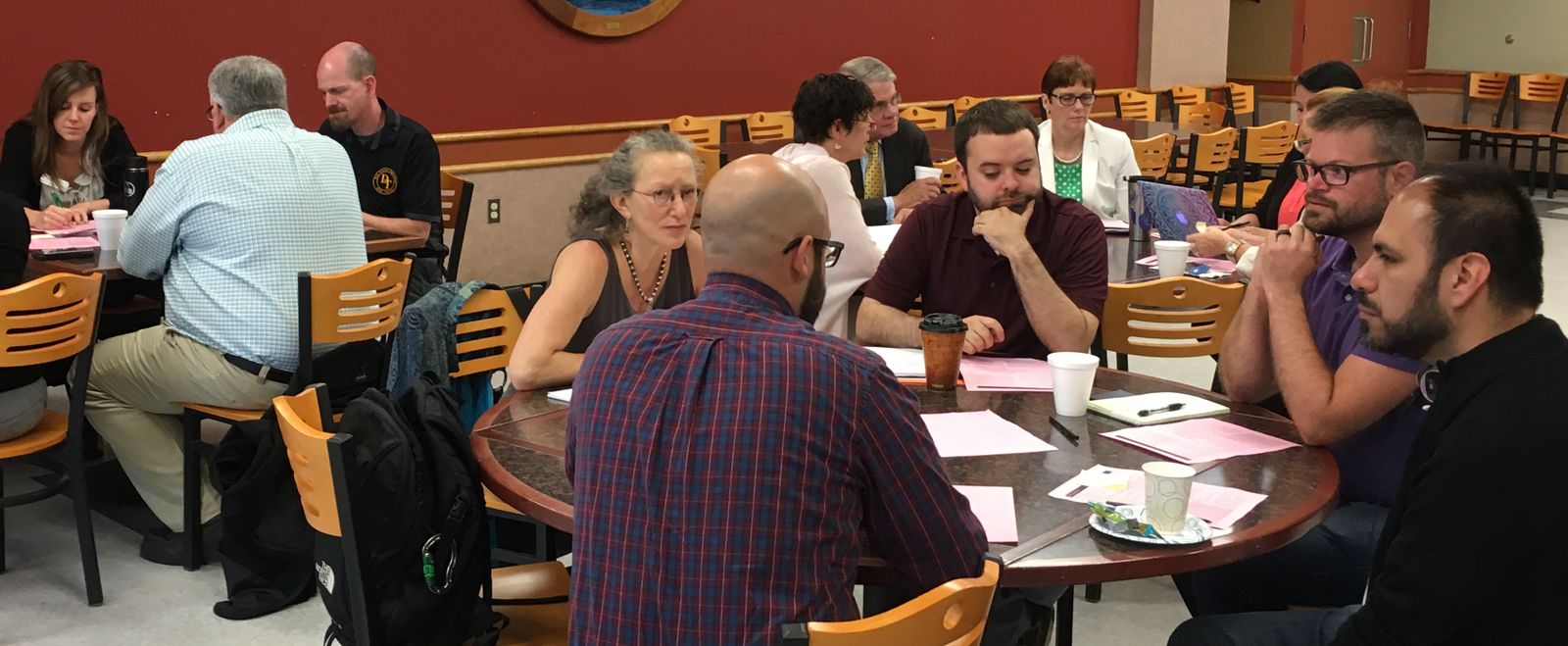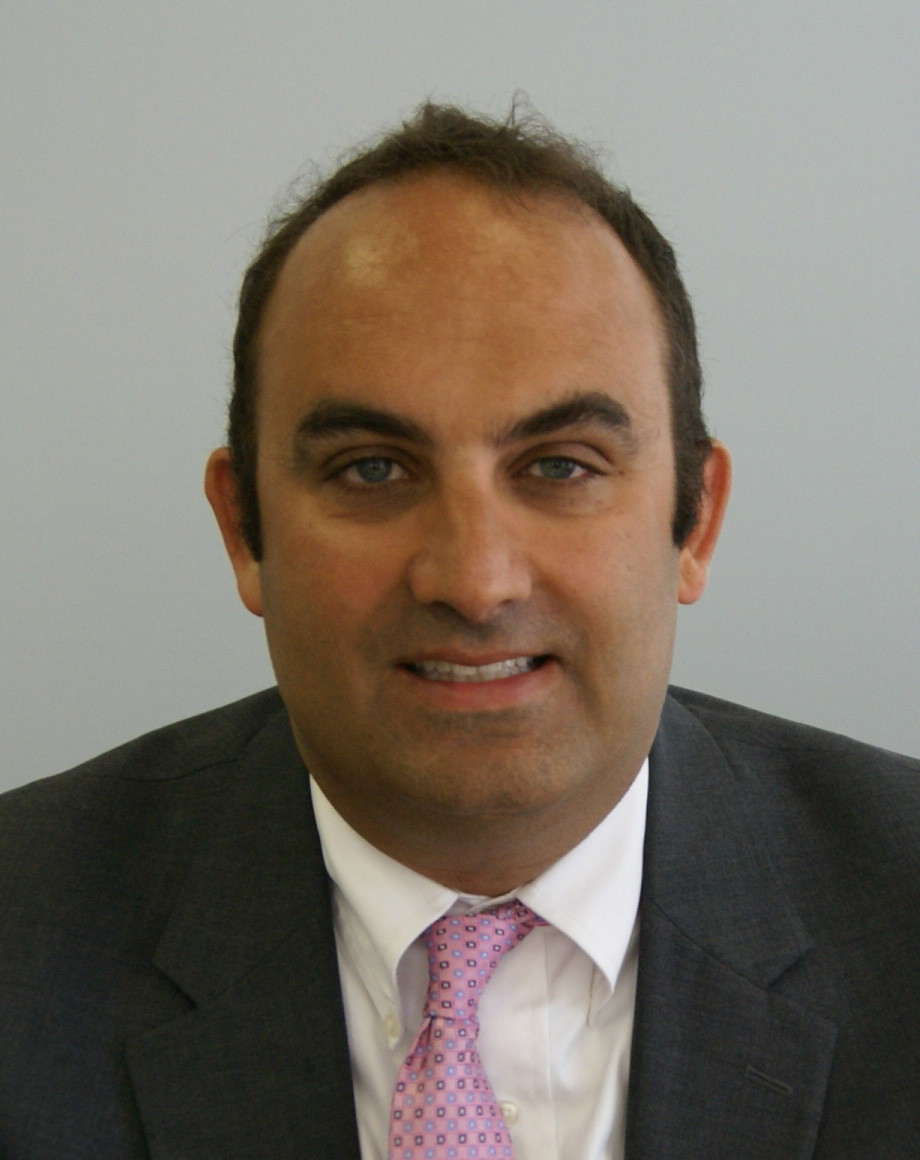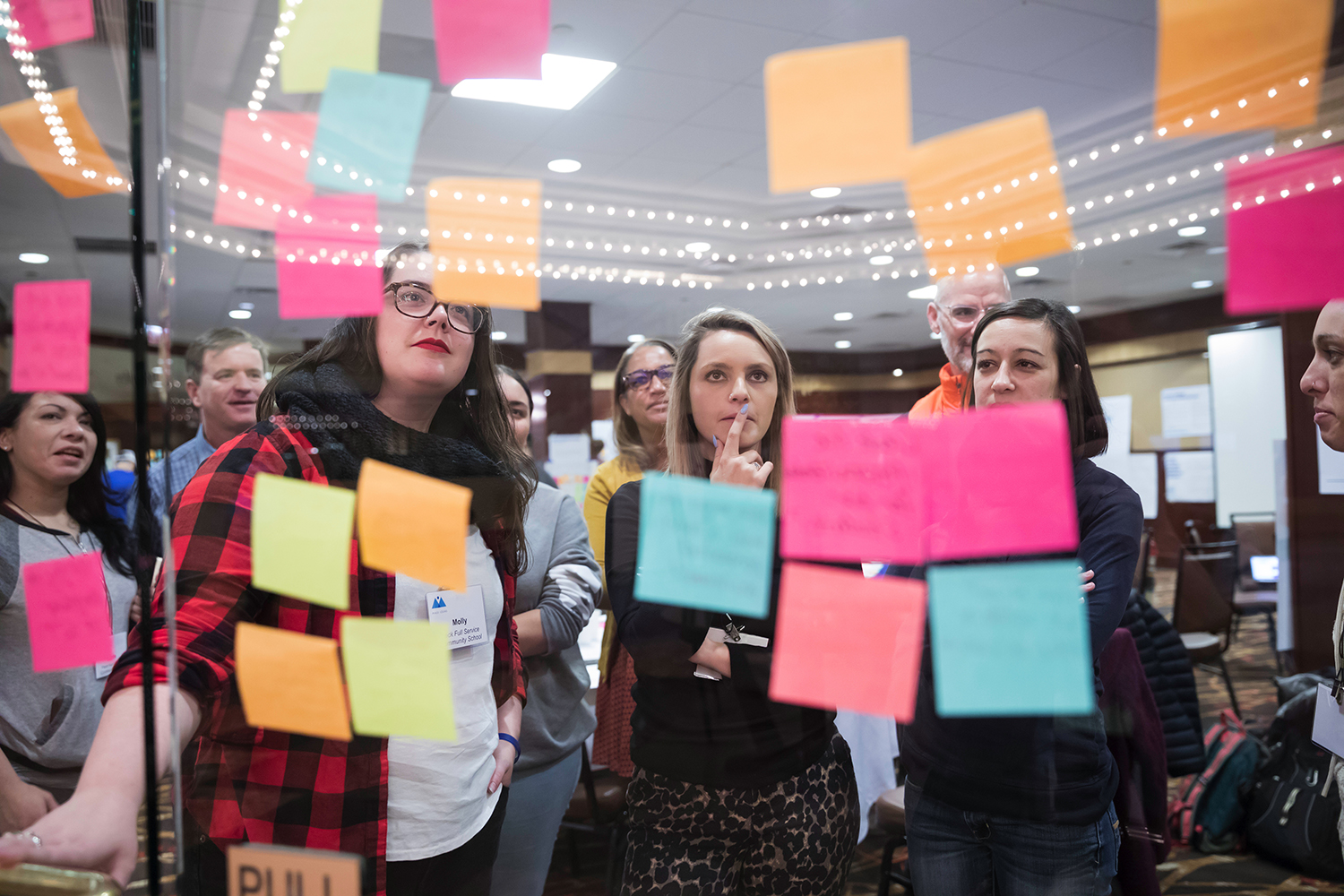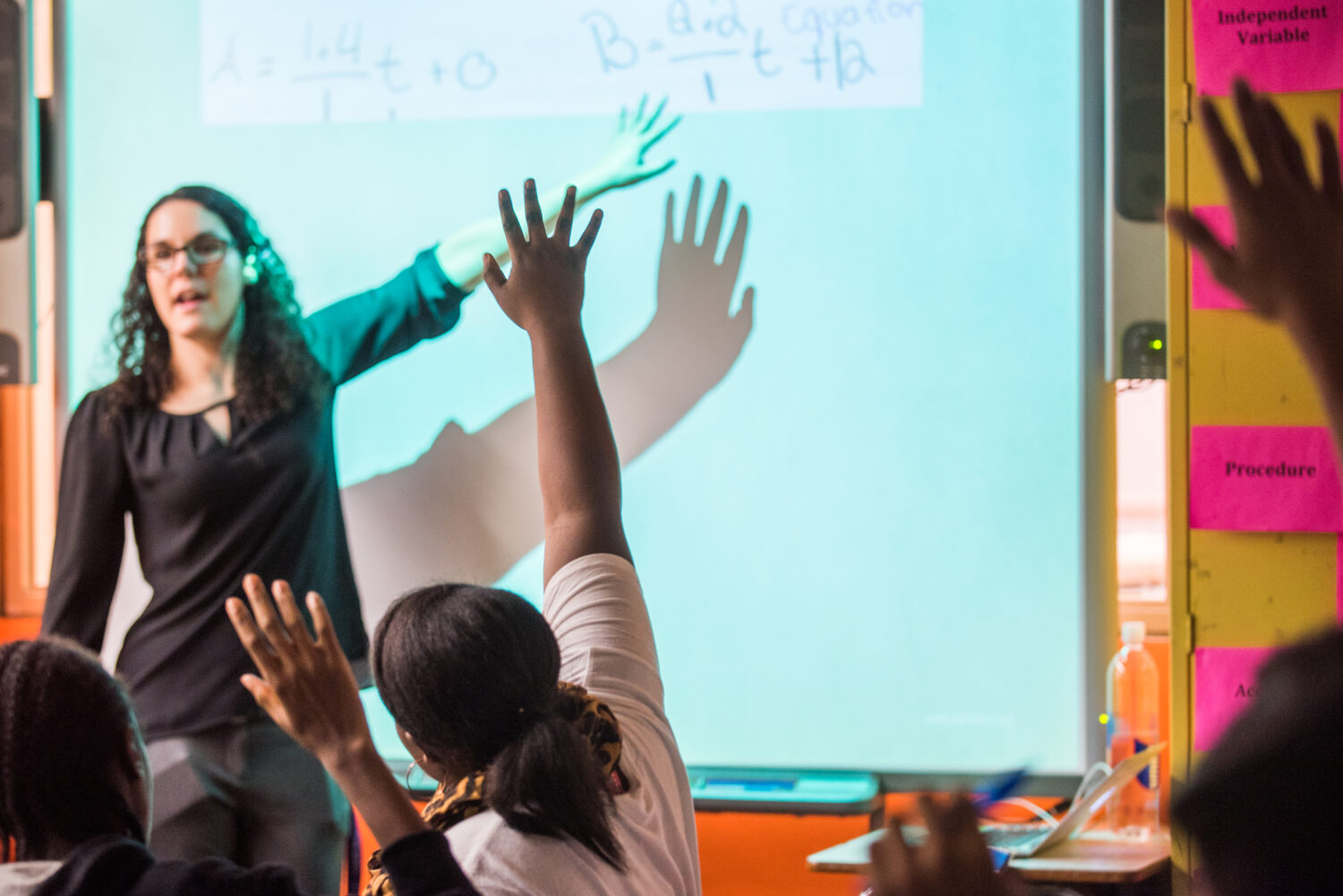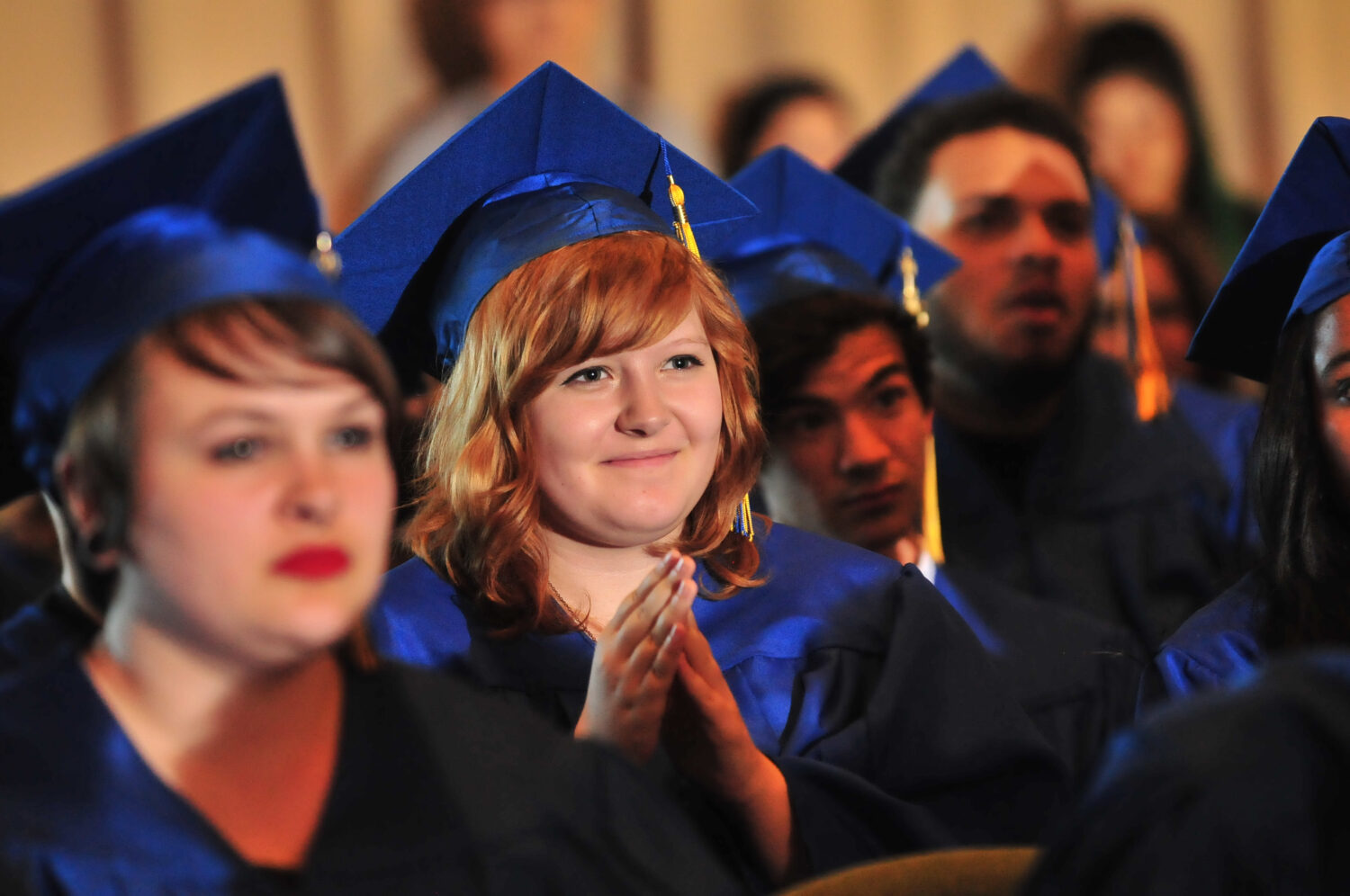In April 2015, the Massachusetts Board of Elementary and Secondary Education voted to designate Holyoke Public Schools as chronically underperforming (Level 5), placing the district in state receivership. I was appointed receiver/superintendent for the district and charged with dramatically improving student outcomes.
At the high school level, we began to make early changes (e.g., implementation of a 9th grade academy) but knew that these efforts would be insufficient to reach our aspiration to create an excellent high school experience for all students. In a context where there is urgency and pressure that can result in leaping to solutions too soon or sticking with incremental changes, we decided to take a different route. To reach our goals, we committed to a deep design process with extensive local stakeholder engagement. Earlier this year, we unveiled a bold new strategic plan to further our goal of providing an excellent high school experience for all of Holyoke’s students. The plan frames a new vision for high school education in the district.
Our approach and progress would not have been possible without the input and direct feedback from a wide range of stakeholders and supporters. I am deeply appreciative of our students, families, staff, community leaders, national experts, and the Barr Foundation—all of whom played vital roles in this ambitious and amazing redesign process. It takes a village to move this work forward. We continue to evolve and learn every day. What follows are some of the key lessons we’ve acquired about high school redesign through our work in Holyoke.
Consider current and future stakeholders.
At every phase of the redesign process, it is critical to engage a broad cross-section of the population—alumni, community leaders, current K-12 parents and students, representatives of higher education institutions, business leaders, and booster clubs. In particular, we realized we need to do more to engage our late elementary and middle school parents and students who are the ones who will experience the transformation from start to finish. Each stakeholder group brings its own set of priorities, but finding common ground and creating a shared vision is essential to moving forward. In Holyoke, regular meetings and updates were conducted with local state representatives, the school committee, our regional employment board, presidents of higher education institutions, and the community at large.We also engaged school and district staff in monthly professional development sessions.
Be aware of deeply held views and recognize they will take time to evolve.
High schools tend to be sacred within communities, and many people feel a strong bond to these institutions. In addition, adults in the community might feel nostalgic about their own high school experiences and believe they were well-served by the existing schools, which may lead them to question the necessity of making significant modifications to the way they operate. Therefore, it is important to convey clear and consistent messages about the need for change. For example, often the community needs recalibration around the notion that career and higher education are not mutually exclusive. Our business and higher education leaders shared how they regularly encounter students (many of whom graduate high school with honors) who do not have the knowledge and skills necessary to thrive in today’s workplace. We leveraged the employment board and local employers to explain that to be successful in today’s workforce, one must possess strong professional, writing, communication, mathematical, and critical thinking skills. Further, it needs to be underscored that there is inherent rigor in learning paths that authentically and aggressively prepare young people for life after high school. At the same time, school systems should be careful to maintain long-standing traditions and rituals that are part of the fabric of the community.
Seeing is believing.
Visiting a variety of high school models was critical in shifting from an improvement process to an innovation process for developing the new vision of high school education. More than 50 Holyoke stakeholders (students, parents, community members, teachers, counselors, school leaders) completed more than 150 site visits to traditional public, charter, vocational, alternative, religious, and private high schools in New England and across the country. Our stakeholders were engaged as authentic learners and visionaries in the early stages. One design team member commented, “We can improve what we know, but it is extremely hard to do something different if we do not know what it looks like in action.” Another individual commented, “I’ve grown up as a student, teacher, and leader in Holyoke.This was my first visit to a school beyond our city in more than 35 years.” Visiting schools provided a point of comparison, interrupted the status quo, and helped establish a vision for what might be possible.
Student voice and participation matter.
Four sophomore students (two from each high school, intentionally representing a variety of student sub-group populations) were key leaders in our exploration process. We deliberately created space for student voice within meetings, often letting students have the final word. On school visits, the students were the first among their teams to see the differences and opportunities within the cultural and instructional models. While other team members may have hesitated, the students served as the strongest advocates for something new and different for Holyoke schools.
Protect the learning… there are many shiny bullets!
It is tempting to visit one school, be drawn to a particular program, and feel as though you have the “answer” to high school redesign. We encouraged our team members to attend at least two school visits in order to view multiple approaches and strategies in action. What initially might have seemed like “the answer” did not always persist to become part of the strategic plan; rather, it often guided further inquiry. Taking time to debrief, reflect, refocus, and extend the inquiry and learning was important in generating a bigger shared vision for change. The first solution might be the best, but others always need to be explored to confirm or challenge initial assumptions. Your true “answer” to high school redesign needs to be customized for your school and community, so learning from different models is key.
Identify internal early adopters to lead the change.
Change is hard. In “Leading Change: Why Transformational Efforts Fail,” Kotter talks about the importance of building a coalition. This coalition has a “shared commitment and enough power to lead the change effort.” A dynamic superintendent or trusted principal isn’t sufficient to successfully implement a high school redesign process. Yes, of course, your leaders must be on board and be vocal champions. Yet, the true change comes at the classroom level from those educators closest to our students—who will learn and change their practice to meet the changing needs of our students. Who are your early adopters within the school who will be your vocal advocates for change and lead the change process? In Holyoke, we identified strong teacher leaders who had the respect of their peers, were veteran educators, had strong ties to the city, and who also saw the need for change.
As a result of our deep high school visioning process to date, we developed a strategic plan that calls for a set of theme-based academies that will provide numerous pathways for students to ignite motivation, interest, engagement, and learning. While I am proud of what we have accomplished to date, I also acknowledge that we have a great deal of work left to do. As we continue to plan and implement, our strategic plan continues to evolve. Our high school teachers and leaders, with partners, are now engaged in a planning process to define each academy and the structures and systems that will enable them to flourish.
High schools across the country need to rethink and reimagine the experience for students, so that our young people are energized about their own learning and prepared for whatever the futures holds for them. For those folks embarking on secondary redesign efforts, I applaud you.There is so much exploration and learning that can be done. Identify the “quick(er) wins” that you can implement early and well to build momentum. Begin planning early for more transformational and complicated efforts. Give yourselves permission to make mistakes and learn from them. But don’t take too long. Our students cannot wait for the “perfect” answer.Start soon, learn and adapt along the way, and continue to get better. You can do it. Best wishes to you, and please share your journey with us as well!
Explore the report below to learn more about Holyoke’s process for developing a new vision of high school.
